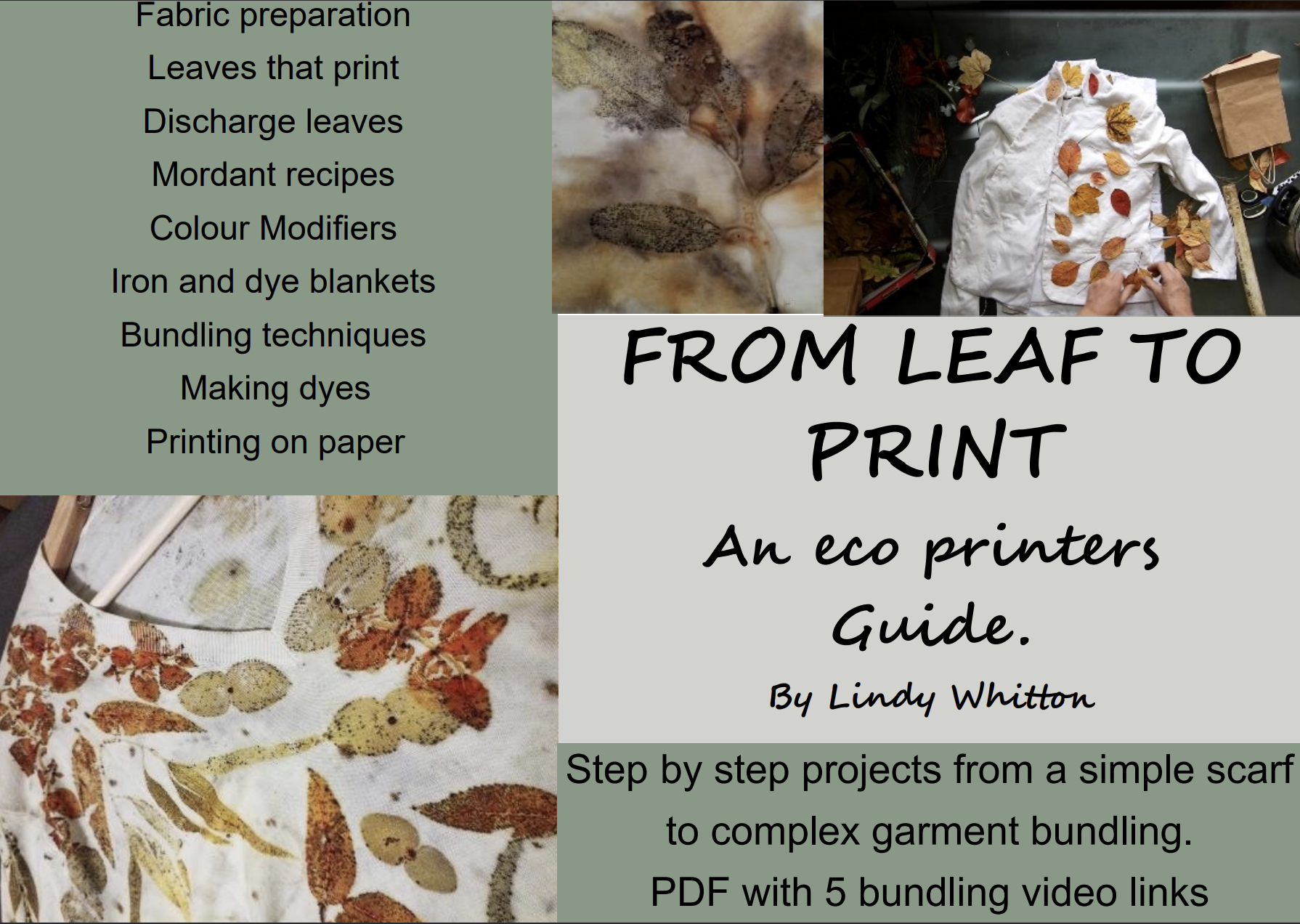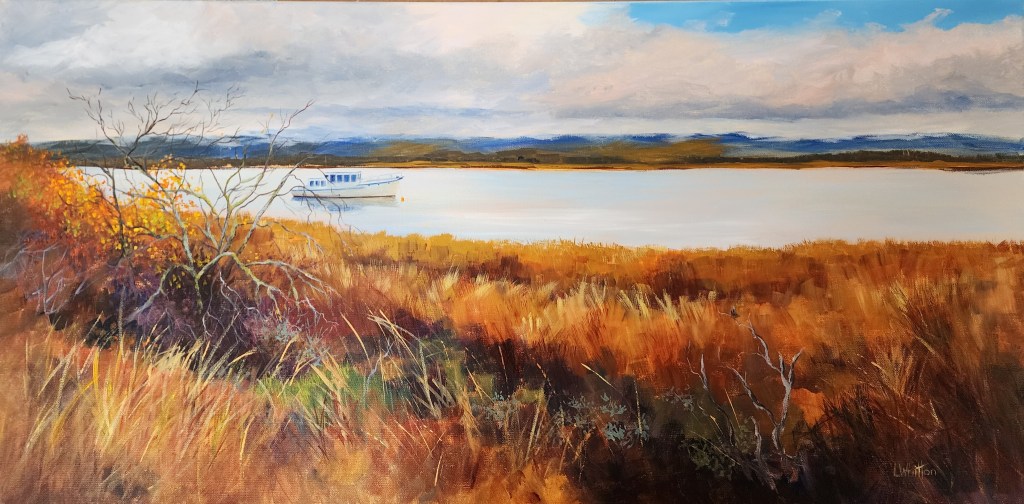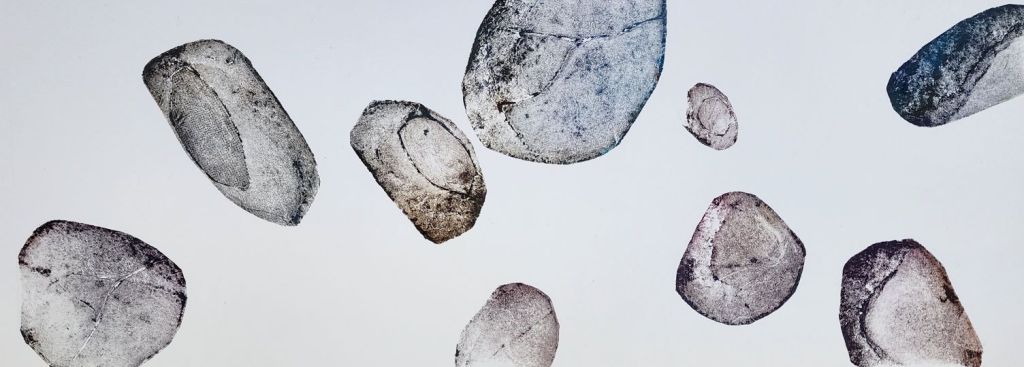Nature fueled creativity
Welcome to my studio. A space for exploration, creation and sharing.

Creating
Painting is a big part of my life and I take a field kit with me when I travel. I’m also right into eco printing ( botanical printing) and am always on the look out for new leaves to try out. You can see my current creative output on Instagram, LindyWhittonStudio for my artworks and lindyatleafandprint for all things ecoprinting.

Sharing
I love to share what I’ve learned on my creative journey. I run workshops and classes, I’ve written two ecoprinting ebooks ,From Leaf to Print -printing on silk, wool, cotton and paper and Botanical Printing on Leather and have over 100 videos on my You Tube channel.
About me
Fueled by nature
Creating art is often a response to the intricate, diverse and interconnected natural world around me. I’m moved by the grand vistas but also the smallest details. In an increasingly busy, confusing and complex society art has a way of quieting my mind and allowing me to connect on a more spiritual level to the beauty, harshness and exhilerating variety found on our planet. Almost all my art relates to the natural world…it’s what fuels my creativity, feeds my soul and expresses my gratitude for the world in which I live.

New arrivals
Some new creations


What people are saying
Erica
“Fantastic book for a super reasonable price, very impressed by the research, practical application and detail that has gone into the information provided as well as examples and clear photos for every stage. There’s even some patterns! Awesome book!”
Emma
“The quality of the kimono and the eco printing is exceptional. I am so happy with it. The colours are bright and clear and the leaf prints are beautiful. It was sent particularly well packed. The only issue is people keep asking me if I made it and it’s tempting me to lie and say ‘why yes I did. I am this talented!’
Ebony
What a great gift idea! Simple, affordable, personalised, and painted from scratch. The overall experience was simply fantastic. Lindy’s painting arrived EVEN BETTER than expected! It took only 2 days for her to complete a very difficult piece of work, in my opinion. She was also very willing to alter the painting to suit (and interpreted my request very well, I might add). Thank you very much Lindy!
-

Life by the river – a new project
Living by the Huon River in Tasmania, I’ve been captivated by its beauty and everchanging views. The boats, birdlife, and stunning reflections inspired me to create a series of paintings capturing the river’s various moods over a year.
-

Getting creative with collagraphs
The workshop involved teaching collagraph printing techniques to an enthusiastic group. Participants experimented with materials and techniques to create unique prints, learning from unexpected results. They explored various plate-making methods, emphasizing simplicity and personal expression. The workshop also emphasized the impact of color choice and ink manipulation on the final print.
-

Ecoprinted sketchbook covers
The author has been busy exploring botanical printing on leather using scraps of leather for sampling and creating small projects. Each piece is unique, and the author enjoys the challenge of combining printed leather with upholstery offcuts. They incorporate natural elements like birch twigs for closures and use environmentally responsible kangaroo leather from Australia.
Subscribe
Enter your email below to receive updates.



